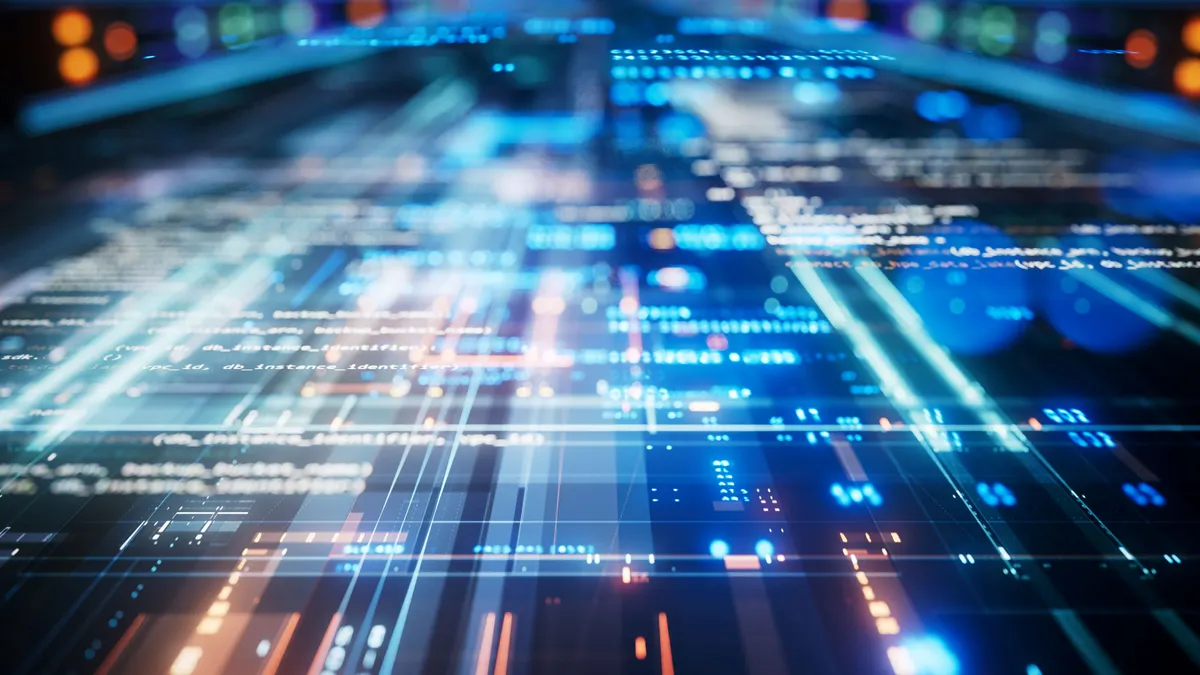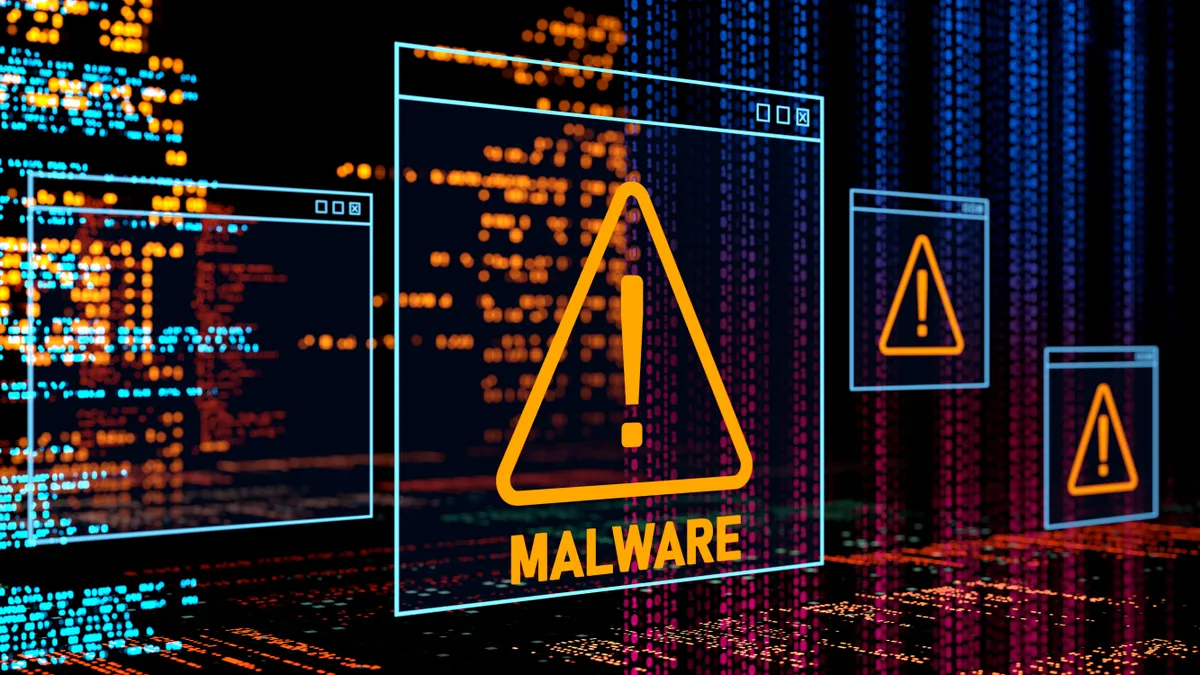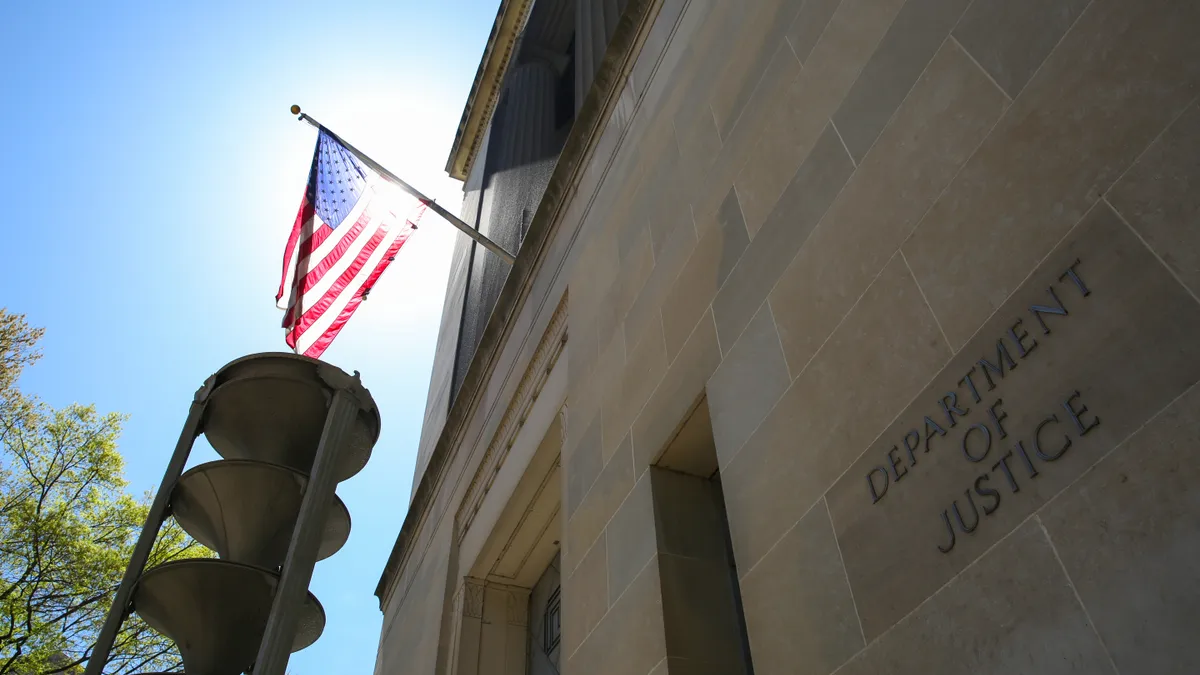Cities are at the front lines of dealing with the novel coronavirus, named COVID-19 by the World Health Organization, as it continues its rapid spread internationally, including into the U.S.
Since Jan. 21, there have been 15 confirmed cases of coronavirus across seven U.S. states: Oregon, California, Arizona, Texas, Wisconsin, Illinois and Massachusetts. And while the global coronavirus death toll increases, local public health teams are balancing mitigation with existing work to eradicate a variety of health outbreaks that could become widespread problems.
Technological innovations have aided cities’ ability to detect, address and control viral outbreaks accurately and efficiently, which can lead to quicker illness containment responses. But this work is not new in the wake of coronavirus.
"[T]his is what public health does every day ... We prevent outbreaks all around the country" for a variety of illnesses, said Dr. Leana Wen, visiting professor of health policy and management at George Washington University.
University public health schools and city departments are considered critical players during a public health outbreak due to their roles in gathering data, tracking trends and containing potential threats. At its core, public health is "a very local thing," said Steve Bennett, director of global government practice at SAS, and former director of the National Biosurveillance Integration Center at the U.S. Department of Homeland Security.
"National governments have the large budgets, but ... the place where we get a lot of the critical information is county and city public health," he said. "Cities and local governments [are] the ones on the ground who can implement special monitoring measures or could be taking some early action before an event occurs."
The coronavirus outbreak is bringing to light the work that U.S. cities put toward using data-driven techniques and technologies to lessen an outbreak’s negative impact — and the obstacles that limit those technologies in the U.S.
Out of adversity comes opportunity
In China, the epicenter of the coronavirus outbreak, new innovations are emerging as viable tools to mitigate the spread of the virus. In numerous cases, private companies are collaborating with the government and offering tools and services for free to stem the virus’ spread.
Drones are one of the tools used to maintain quarantine restrictions. They are often equipped with cameras, a standard drone feature, and many also have loudspeakers to communicate with citizens who are observed breaking rules or not taking government-mandated precautions. In Chinese cities and rural areas alike, the drones' cameras identify these individuals, while government employees give specific instructions via the loudspeaker.
Walking around without a protective face mask? Well, you can't avoid these sharp-tongued drones! Many village and cities in China are using drones equipped with speakers to patrol during the #coronavirus outbreak. pic.twitter.com/ILbLmlkL9R
— Global Times (@globaltimesnews) January 31, 2020
Chinese authorities also are using electronic surveillance and facial recognition technology to track potential quarantine violators and issue warnings to abide by the outbreak regulations. Surveillance includes cameras in public spaces, license plate readers and mobile device data gathered from telecommunications companies.
These techniques are fairly limited in the U.S. due to legal and regulatory restrictions and privacy concerns. For example, a growing number of U.S. cities — including Oakland, CA; Portland, OR; San Francisco; and Somerville, MA — have passed or are considering facial recognition technology bans.
"Anytime you start collecting a lot of data about people and the government puts it all in one place, there’s the risk about how it's going to be used," Bennett said. "As long as the government has a legitimate use and follows privacy guidelines, it’s usually OK. There’s always that boundary with, what do we need to know?"
But less invasive measures to mitigate coronavirus could prove useful for U.S. cities during a public health crisis.
For instance, Beijing and Shenzhen have used artificial intelligence (AI)-driven contactless technology at transportation hubs to check travelers’ temperatures and identify those who might be infected. In the U.S., the Centers for Disease Control and Prevention (CDC) has implemented similar screenings at three major airports — San Francisco International, John F. Kennedy International and Los Angeles International — for travelers coming in from Wuhan, China (though these efforts are not AI-driven). Bennett also notes temperature-taking technologies were brought into U.S. airports during the Ebola crisis in 2014.
In Shanghai, AI-driven voice recognition bots are contacting at-risk citizens to determine health conditions and recommend customized care practices. Private companies and the Chinese government have also released apps to let citizens check if they have come into close contact with a person potentially infected with coronavirus. The apps serve as information distribution sources and provide care recommendations, but they also gather data to help the government keep tabs on the virus’ spread.
While there aren't any U.S. apps used for close contacts in relation to coronavirus, Bennett pointed to apps like Flu Near You, which uses crowdsourced information to inform the public on the spread of infectious diseases. "If the need arose, I am sure that the technology would be rapidly pressed into service" to tackle coronavirus, he said in an email.
Este Geraghty, chief medical officer at Esri, suggested the U.S. has held back from some more advanced and invasive technologies due to privacy concerns, but that can change in the face of an emergency.
"I believe the laws around privacy are different when it comes to emergencies, and public health has certain authorities that help them to accomplish their mission (things like quarantine, which may be seen as impinging on individual liberties)," she said in an email. "Those authorities are used sparingly and only when necessary to protect the public’s health."
Advantages of analytics
Analytics technology provides a variety of benefits, from allowing cities to assess their population’s risk of contagion, to tracking an outbreak’s spread and deciding where to allocate resources. Devising an appropriate response is important, but predicting and preventing an outbreak is even better, sources say.
Numerous private companies offer applicable AI-powered data aggregation, analysis and mapping software; they range from health-centric companies such as Metabiota and BluDot to general purpose analytics software and mapping companies such as SAS and Esri. Nonprofit entities including HealthMap and the Humanitarian OpenStreetMap Team also offer data-driven global outbreak trackers.
"Advanced analytics use artificial intelligence to help predict where we think there are increased likelihoods of… hot spots and emerging infectious diseases popping up around the world," Bennett said.
The health and tech communities have turned more attention in recent years to creating and improving data analytics software for zoonotic diseases — those that originate in animal populations and are spread to humans — which account for 60% of infectious diseases, according to the CDC. While data analysis and geographic information system (GIS) mapping platforms are commonly used for tracking an existing outbreak, they can also be used for preventative measures by indicating where a zoonotic outbreak could occur and how it could spread.
"Prevention has to do with how we see diseases jump from animals to humans: Where do we see humans interact with animals as cities grow?" Bennett said.
Mapping has proven helpful in fighting Ebola, said Geraghty. Researchers found the virus originates in fruit bats; finding an original source accelerates the health community's ability to create vaccines. Researchers also found that fruit bats prefer palm tree habitats to caves, so Ebola mitigation plans now involve mapping palm trees to predict where the disease has a high probability of spreading.
Mapping also helps health officials categorize an outbreak.
"You want to see if there are any patterns in your data… It’s part of the way we define the difference between an outbreak vs. an epidemic vs. a pandemic. That first step of visualization is incredibly important," Geraghty said. "Analytics are the piece that will tell you answers to things like, do we have hot spots? Is there clustering going on or are there different random outbreaks going on?"
Geraghty cites San Diego’s hepatitis A outbreak and response in 2017 as an example of using analytics technology to identify and respond to a syndemic — multiple concurrent epidemics — and create a multi-pronged response. The city identified and tracked a hepatitis A outbreak among homeless individuals and created mobile vaccination teams.
At the same time, because hepatitis A spreads through fecal contact, the city mapped its public restrooms and implemented an improved cleaning regimen. The city also sanitized the streets and installed mobile hand-washing stations in high-risk areas.
"You want to see if there are any patterns in your data ... It’s part of the way we define the difference between an outbreak vs. an epidemic vs. a pandemic."

Este Geraghty
Chief medical officer, Esri
"There were a lot of things analytically, and action-oriented steps, to pull geography into that decision-making process," Geraghty said.
The CDC has a guide for using technologies to gather and manage data during outbreaks. It includes recommendations for selecting the best technology, and specific case studies, such as how New York City used free SaTScan software to identify a small cluster of Legionnaires' disease before health care providers noticed an increase in cases, thus preventing an outbreak.
Previous mapping platforms provided a static view that had to be updated, but the AI and machine learning that many current versions incorporate allows real-time changes to be displayed. Plus, the sheer amount of data available is a game-changer.
"Analytics can get much more detailed now that we have things like artificial intelligence and machine learning," Geraghty said. "You throw in all sorts of different data that you think may be relevant and see what the models show you. That’s a very different world than some of the analytics of the past."
The same wavelength
Information integration and communication lie at the heart of an effective public health threat mitigation operation. The concept holds true for city departments both internally when working to address an outbreak, and externally in public engagement.
First, cities must ensure that all their response entities are working with the same datasets. Without unity and sufficient information sharing, responses can become disjointed and slow or limit the response effectiveness.
"An integrated platform that automatically ingests all that data and can help you make sense of it, put it on a map and show how it changes over time provides a lot of value," Bennett said.
Quickly disseminating accurate information to the public is another key element during health outbreaks, as it is for all crises.
"It’s critically important ... that you’re getting information out before the rumors start to spread," said Peter Frasco, senior manager of global sales engineering at BlackBerry. Because people in modern societies get information from a diverse supply of sources, multimodal communication systems that integrate with multiple vendors’ products have the best success rate, he says.
For example, cities can integrate messaging systems for text alerts, mobile app notifications and emergency alert systems on TVs and radios.
"You have to be able to communicate across multiple modalities and multiple integrations to get that message out quickly," Frasco said. “[Communication] solutions wind up being the center of that ... Being able to integrate with those and have one centralized network that can light all of those things up from one template."
Multimodality also prevents citizens from being cut off from communication if one mode becomes overrun during a crisis. The advent of 5G technology is expected to further increase crisis communication bandwidth and speed.
Some U.S. cities already have partnered with communication companies on systems that allow two-way interactions between the local government and citizens, similar to Shanghai’s information gathering bot calls. The government entity sends a mass text message or app notification to citizens, who respond within a template saying they are OK or need help, for example. Citizens can choose to share their location through the device.
"Without someone coming out of the house, we've now sent notifications to them, received a response from them and now we know who we need to follow up with,” Frasco said. However, not many U.S. cities use this feature yet because of response capacity hold-backs, he said.
"In the smart city use case of mass communication, if I'm sending a message to a million residents in a community and give them that option to respond 'I need help,' do I have the number of [responders] required to get help out to them?" Frasco said.
Know your role
Public health representatives caution that technology is beneficial to an outbreak response, but like all resources, it has a time and place.
Citizens must trust government institutions for an outbreak response to succeed, Wen said. But technology can create a barrier to that trust if used exclusively or improperly.
"In the case of an outbreak situation, people need that face-to-face interaction to be able to trust their health care provider and their local public health practitioners. I certainly believe in the role of tech, but that tech should be used as an adjunct. It should not be used to replace a face-to-face interaction," Wen said.
Another key element is for city departments to fully understand the technology and its capabilities. That often comes from forging strong and lasting partnerships with tech developers or service providers for ongoing support and system oversight, Frasco said. Without those partnerships, cities' technologies can react suboptimally.
Security and privacy are also forefront concerns anytime a government collects and analyzes citizens’ data, but the matter takes on heightened importance with sensitive health information. Digital tools should be able to mask individuals’ personal identifying information while still providing city agencies with valuable, actionable insights. Analytics software and other technologies are strongest when they align with HIPAA and other federal security and encryption standards, sources say.
They add that although proper technology training and security are paramount, the value of technology and data during health outbreaks is obvious.
"Effective and accurate information and speed are what save lives," Bennett said.


















